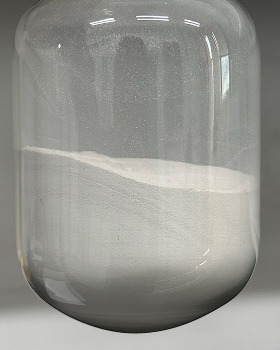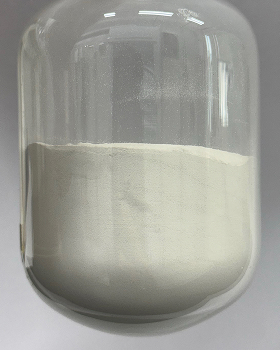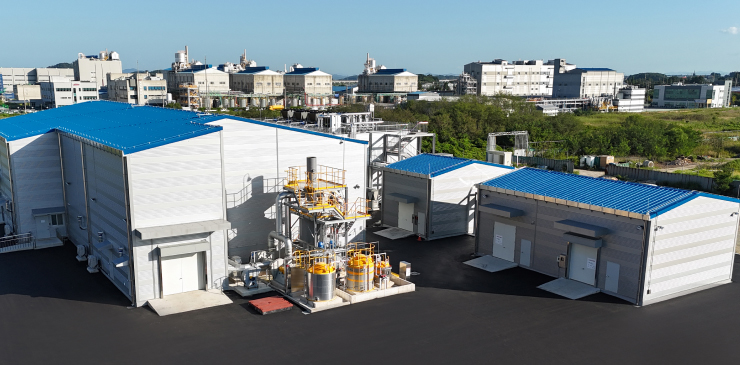Solid electrolytes are categorized into sulfide-based, oxide-based, and polymer-based types, each differing in ionic conductivity and stability. They are applied in electric vehicles, energy storage systems (ESS), and mobile devices, enhancing battery performance and lifespan, and enabling high voltage and high energy density. Additionally, all-solid-state batteries are gaining attention in the next-generation battery market due to their higher energy efficiency and longer lifespan compared to conventional lithium-ion batteries..
Our company is maximizing the performance of solid electrolytes by securing high ionic conductivity, controlling particle size, and applying liquid-phase synthesis technology, ensuring stable ionic conductivity even in specific environments. Solid electrolytes are solid-state electrolytes that conduct ions, offering higher stability and energy density compared to traditional liquid electrolytes. They are highly safe due to the absence of leakage and fire risks and are recognized as key materials for the implementation of all-solid-state batteries (ASSBs).
Solid electrolytes are categorized into sulfide-based, oxide-based, and polymer-based types, each differing in ionic conductivity and stability. They are applied in electric vehicles, energy storage systems (ESS), and mobile devices, enhancing battery performance and lifespan, and enabling high voltage and high energy density. Additionally, all-solid-state batteries are gaining attention in the next-generation battery market due to their higher energy efficiency and longer lifespan compared to conventional lithium-ion batteries.
Our company is maximizing the performance of solid electrolytes by securing high ionic conductivity, controlling particle size, and applying liquid-phase synthesis technology, ensuring stable ionic conductivity even in specific environments.

-
 1. Sulfide-based solid electrolyte
1. Sulfide-based solid electrolyteOur sulfide-based solid electrolyte features high ionic conductivity and excellent electrode contact by applying both dry and wet synthesis techniques.
-
 2. Halide-based solid electrolyte
2. Halide-based solid electrolyteOur halide solid electrolyte offers excellent electrochemical stability and oxidation stability.

-
High ionic
conductivity -
Excellent electrochemical
stability -
Availability of
ultra-fine particles -
Superior electrode
contact


- · Completion of pilot line construction,
establishment of a stable sample supply system - · Capacity: Pilot production of 70 tons per year
- · Process: Simultaneous establishment of dry/wet
processes (wet process expected in the second half of 2025) - · Planned production of OEM and our proprietary solid
electrolyte compositions -> expected in the second
half of 2025


